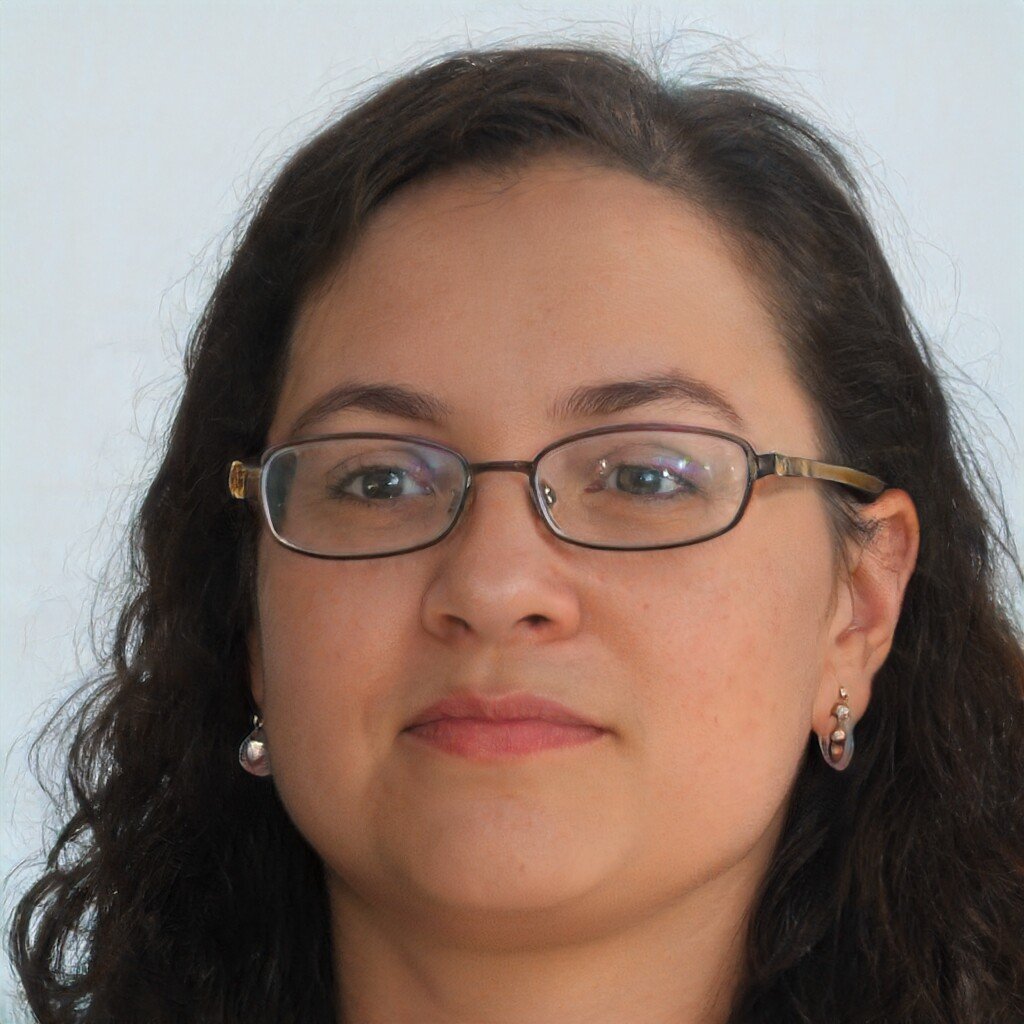Cervical cancer remains a significant public health issue across the Middle East, with screening being a primary tool in early detection and prevention. In recent years, various cities in the region, including Dubai, have intensified efforts to increase screening rates and promote cervical health among women. This article compares the screening rates in Dubai with other major Middle Eastern cities, examining the factors that influence these rates and the ongoing efforts to improve them.
1. Overview of Cervix Cancer Screening in Dubai
Dubai has made substantial strides in promoting cervical cancer screening as part of its broader public health initiatives. The Dubai Health Authority (DHA) has implemented various programs to encourage regular screenings among women, including subsidized or free Pap tests and HPV screenings at public clinics. According to the DHA, the screening rate for cervical cancer among eligible women has seen a steady increase, attributed to public awareness campaigns and the integration of screening services into routine healthcare. This proactive approach aims to reduce the incidence and mortality rates associated with cervical cancer in the city.
2. Screening Rates in Dubai Compared to Riyadh
Riyadh, the capital of Saudi Arabia, has also prioritized cervical cancer screening, yet the uptake remains lower compared to Dubai. Cultural factors, limited awareness, and accessibility challenges contribute to these differences. A report by the Saudi Health Council indicates that while the government has introduced national screening guidelines, participation rates are hindered by misconceptions and a lack of targeted outreach. Dubai’s success in achieving higher screening rates can be attributed to its more comprehensive public health messaging and easier access to healthcare facilities, highlighting the importance of tailored strategies in improving participation.

3. Comparative Analysis with Abu Dhabi
Abu Dhabi, like Dubai, has invested significantly in healthcare infrastructure and preventive services, including cervical cancer screening. The Department of Health – Abu Dhabi has launched initiatives similar to those in Dubai, including mobile clinics and public education campaigns. Screening rates in Abu Dhabi are comparable to Dubai, reflecting a shared commitment to women’s health. However, slight differences exist in terms of service delivery models, with Abu Dhabi placing a stronger emphasis on digital health platforms and home-based screening options. These variations underline the importance of adaptive healthcare models that cater to specific community needs.
4. Cervix Cancer Screening in Doha
In Doha, Qatar, cervical cancer screening rates are gradually improving, though challenges remain. The Qatar Cancer Society and the Ministry of Public Health have been instrumental in promoting regular screenings, yet cultural barriers and limited public awareness continue to impact participation. Compared to Dubai, where screening is more normalized and widely accepted, Doha faces additional hurdles in changing public perceptions and encouraging regular health checks. Efforts to align Qatar’s screening rates with those of Dubai include increasing the availability of screening centers and integrating cervical cancer education into school curriculums and community outreach programs.
5. Exploring Screening Efforts in Amman
Amman, the capital of Jordan, presents a mixed picture regarding cervical cancer screening rates. While there have been significant efforts to expand screening services, especially in urban areas, overall participation remains lower than in Dubai. The Jordan Ministry of Health has identified financial barriers and healthcare access as key challenges. Unlike Dubai, which offers a more extensive network of affordable screening services, Amman’s public health resources are more limited, impacting overall participation rates. Collaborative initiatives with international organizations aim to bridge these gaps, focusing on enhancing access and affordability to boost screening rates.
6. Comparing with Manama: Bahrain’s Screening Landscape
Bahrain’s capital, Manama, has shown promising progress in cervical cancer screening, with rates comparable to those in Dubai. The Bahrain Cancer Society has been active in promoting awareness and providing free screening services, particularly during health campaigns and events. Public-private partnerships have played a significant role in expanding access, with private clinics offering subsidized screenings. In contrast to other Middle Eastern cities, Bahrain’s approach aligns closely with Dubai’s model, emphasizing early detection and preventive care. The collaborative effort between government and private healthcare providers has been pivotal in maintaining high screening rates.
7. Influence of Public Health Campaigns and Accessibility
A key factor influencing screening rates across these cities is the effectiveness of public health campaigns. Dubai’s targeted awareness initiatives, coupled with accessible healthcare services, have set a benchmark in the region. Proderma Clinic in Dubai, for example, supports these efforts by providing personalized care and emphasizing the importance of regular screenings as part of women’s health routines. This integrated approach contrasts with cities like Riyadh and Doha, where gaps in awareness and accessibility continue to pose challenges. Effective communication strategies and community engagement are crucial in addressing these disparities and enhancing screening participation.

8. Policy and Healthcare Infrastructure Differences
Policy frameworks and healthcare infrastructure also play a critical role in determining screening rates. In Dubai, the robust healthcare system, supported by strong policy directives from the DHA, facilitates widespread access to screening services. In comparison, cities like Amman and Riyadh face infrastructural limitations that hinder consistent access to preventive care. The role of government policy in mandating or encouraging regular screenings significantly impacts participation rates, as seen in Dubai’s success compared to other Middle Eastern cities. Strengthening healthcare infrastructure and policy support in these regions can help align screening rates more closely with those of Dubai.
9. Cultural Factors and Public Perception
Cultural attitudes towards women’s health and preventive care vary across the Middle East, influencing screening rates. In Dubai, progressive attitudes and high levels of expatriate populations contribute to more open discussions about cervical cancer and the importance of screenings. Conversely, in cities like Riyadh and Doha, cultural sensitivities and privacy concerns may limit participation in screening programs. Addressing these cultural barriers through culturally sensitive health education and outreach can help increase acceptance and participation in cervical cancer screening across the region.
10. Future Directions and Recommendations
To enhance cervical cancer screening rates across the Middle East, cities can learn from Dubai’s approach, which combines public health education, accessible services, and supportive policy frameworks. Expanding access to affordable screening, increasing public awareness, and addressing cultural barriers are essential steps towards improving participation rates. Collaborative efforts between governments, healthcare providers, and community organizations are crucial in making cervical cancer screening a routine part of women’s health care. As Dubai continues to lead the way in the region, other cities can adopt similar strategies to enhance their screening efforts and improve health outcomes for women.
Conclusion
Cervical cancer screening is a critical component of women’s healthcare, with Dubai setting a regional benchmark through effective public health initiatives, accessible services, and strong policy support. By comparing screening rates in Dubai with other Middle Eastern cities, it is evident that while progress has been made, challenges remain in achieving uniform participation across the region. Efforts to address cultural, financial, and infrastructural barriers are key to enhancing screening rates and ultimately reducing the burden of cervical cancer.

Skier, traveler, music blogger, hand letterer and HTML & CSS lover. Performing at the sweet spot between art and purpose to craft delightful brand experiences. German award-winning designer raised in Austria & currently living in New York City.








